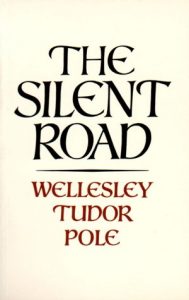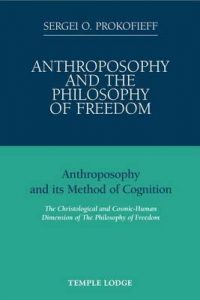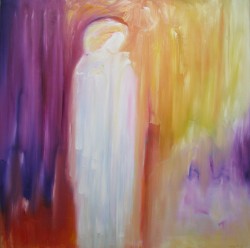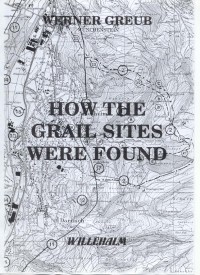The Stones Cry Out
The Stones Cry Out, What Archaeology Reveals About the Truth of the Bible, by Dr. J. Randall Price. The book is Published by Harvest House Publishers, Eugene, Oregon; Copyright 1997 by World of the Bible Ministries, Inc.
The author received his Master of Theology degree in Old Testament and Semitic Language from Dallas Theological Seminary, and his Doctor of Philosophy degree in Middle Eastern Studies and Archaeology at the Hebrew University of Jerusalem. He has participated in field excavations at Tel Yin’am in the Galilee, as well as at Qumran, the site of the community that discovered the Dead Sea Scrolls.
In the Preface of his book, under the subheading The Popularity of Biblical Archaeology, the author writes (from Jerusalem, Shavuot, 1997): “It is for the popular audience that I have written this book … My purpose, however, is not to ‘prove’ the Bible, which as an archaeological document is proof itself. Rather, it is to show from the stones that the Scriptures are reliable and reveal to us the Scriptures in such a way impossible without them …”
Regarding the title, The Stones Cry Out, two Biblical quotes are given:
Habakkuk 2:11: Surely the stone will cry out from the wall, and the rafter will answer it from the framework.
Luke 19:40: When leaders sought to silence those praising Jesus’ Messianic entry into the rock walls of Jerusalem, he answered and said, “I tell you, if these become silent, the stones will cry out!”
This 346-page book is presented in three Parts: What Can Archaeology Prove, New Discoveries in Archaeology, and Listening to the Stones Today. Throughout the entire book the author never loses his enthusiasm – at times his contagious joy – for the fact that the Old and New Testaments have both been confirmed by today’s science of archaeology to be historically accurate. In the first chapter, he writes: “Archaeology has revealed the cities, palaces, temples and houses of those who lived shoulder to shoulder with the individuals whose names appear in scripture. Such discoveries make possible for us what the Apostle John once voiced to authenticate his message: What was from the beginning, what we have heard, what we have seen with our eyes, what we beheld and our hands handled, concerning the Word of Life, these things we write. – John 1:1-4.” In the same chapter the author also quotes a foremost authority in archaeology, the dean of the old school of biblical archaeology, Professor William Foxwell Albright (1891-1971): “Discovery after discovery has established the accuracy of innumerable details and has brought increased recognition of the value of the Bible as a source of history.”
Part I – What Can Archaeology Prove? – has four chapters in which the author details the basics of the science of archaeology. He defines a tel as an unnatural mound created by the repeated destruction and rebuilding of ancient cities and villages on the same site. Excavation areas are called digs. The archaeological finds of greatest value are inscriptions or written words (So Shall it be Written … So Shall it be Found) on papyrus, parchment, clay, metal, stone, and pottery fragments called ostraca. An example of a Stratigraphy of a Tel shows thirteen layers of the ground, from the present ground level to the Early Bronze IV period (2300-2100), beneath which is the original level of virgin soil. In addition, the book offers scientific charts of Major Inscriptions and Major Tablets of Old Testament Significance, and maps, graphs, models, and many photographs of ancient sites, such as the Great Hall of Columns, Karnak, the Rosetta Stone, and the Black Obelisk of Shalmaneser III (which is located in the ancient Assyrian city of Calah, modern Nimrud). Pictures or paintings from the past also offer proof. For example, the remarkable Beni-Hasan Mural, on the walls of a tomb that is south of Cairo on the east bank of the Nile. It is 8 feet long and 10 feet high and pictures Semites in Egypt, from about 1890 BC, as a “parade of foreigners, eight men, four women, three children, and donkeys (one of which carries the two smaller children) and other animals, all being led by Egyptian officials.” The author writes that “the importance of the painting lies in its visual depiction of what people looked like in the time of the patriarchs.” More »


 Anthroposophy and the Philosophy of Freedom:
Anthroposophy and the Philosophy of Freedom:
